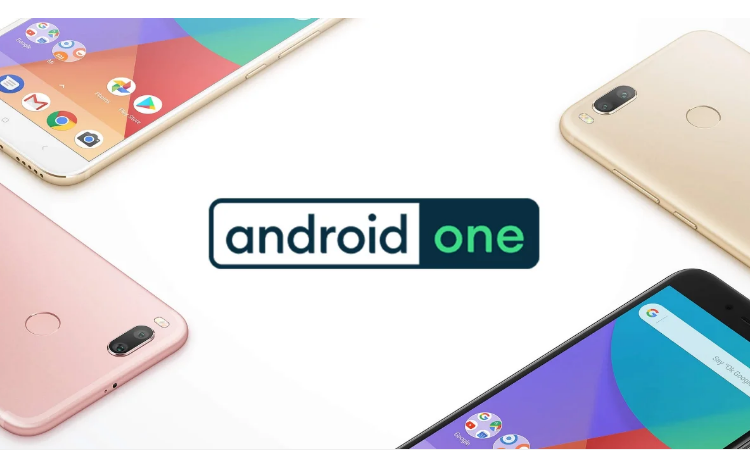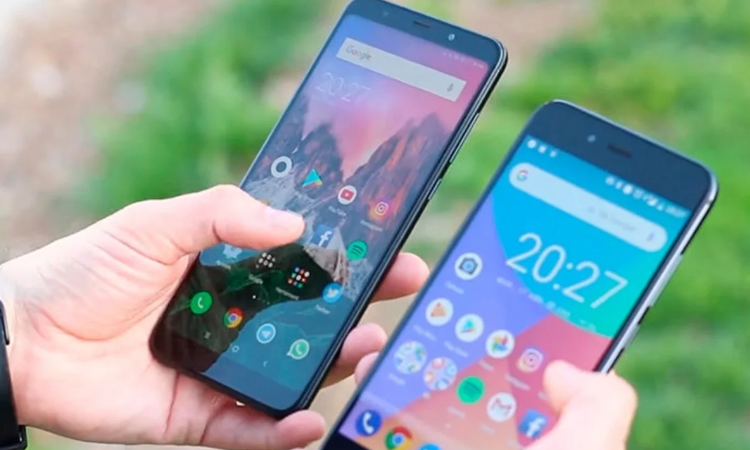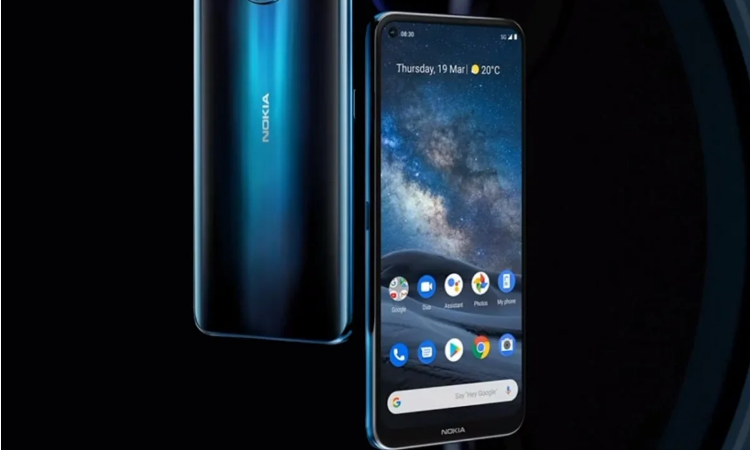- Android One will never be what it promised us one day, and we will probably never see another mobile like the Xiaomi Mi A1.
- All Android One mobiles currently available on the market
When Android One evolved and became a platform destined to bring the purest Android experience to many people, we all thought that this was the salvation to the problems of mid-range updates and the initiative that would revolutionize the cheap mobile market.
How wrong we were.
Because three years have passed since that moment, Google partnered with Xiaomi to give life to the Mi A1, the first mobile of the Chinese firm with Android One, and probably one of the best phones that Xiaomi has ever created. And what today should be one of the most used resources by telephone firms to offer terminals dedicated to those who prefer an experience as close as possible to Google’s Android has ended up being a platform in the process of becoming a member. More from Google’s Missing Products Graveyard.

Broken promises and firms that decided to turn their back on Android One
A glance at the official Android One page is enough to see that support and updates are two of the basic pillars on Google wanted to base the Android One experience.
Or, at least, that was the idea until firms like Xiaomi decided to ignore these fundamentals; the Xiaomi Mi A3 is the clearest example: a phone launched with Android 9 for which two years of updates were assured, at that the company was unable to update to Android 10 without loading various things along the way, and finally offering a much inferior experience than what the company’s MIUI-based models could offer.

Even today, when Android 11 has been with us for a few months, many Mi A3s still have not received the official update to Android 10, and the update plans to Android 11 for this device are still a mystery.
But Xiaomi has not been the only one with problems in this regard. Other firms, such as Motorola, have also been unable to bring the most recent versions of Android to their terminals based on the Android One platform, again making one of the supposed advantages of Android One end up being one of the great weaknesses of the platform.
Android One today
But despite everything, there is still a brand that continues to bet everything on Android One, and it is none other than Nokia.
Their terminals may not be among the most interesting on the market. Still, the firm’s philosophy of offering quick updates and for a minimum of two years has led it to be one of the most recommended firms if what concerns you is security. And support.

If we add the clean and consistent experience that Android One offers, we end up with one of the best software experiences available in today’s mobile market.
Now, that doesn’t mean Nokia’s journey with Android One is perfect. Indeed, every one of your phones has already been updated to Android 10. But it is also true that terminals such as the Nokia 3.1 and 5.1 did so in October 2020, almost a year after the launch of Android 10 by Google.
The problem with Android One, in my opinion, is that Google at no time decided to set obligations that manufacturers adhering to the initiative should commit to, whether they were updated within a range of dates after the launch of each new version of Android. Or the obligation to update devices monthly with security patches released on the first Monday of each month.
That, in the end, has ended up dirtying the image of Android One, a badly executed good idea that, except for a sudden change of plans, I am afraid will end up like the Mi A series from Xiaomi: buried and forgotten.

Sharlene Meriel is an avid gamer with a knack for technology. He has been writing about the latest technologies for the past 5 years. His contribution in technology journalism has been noteworthy. He is also a day trader with interest in the Forex market.














